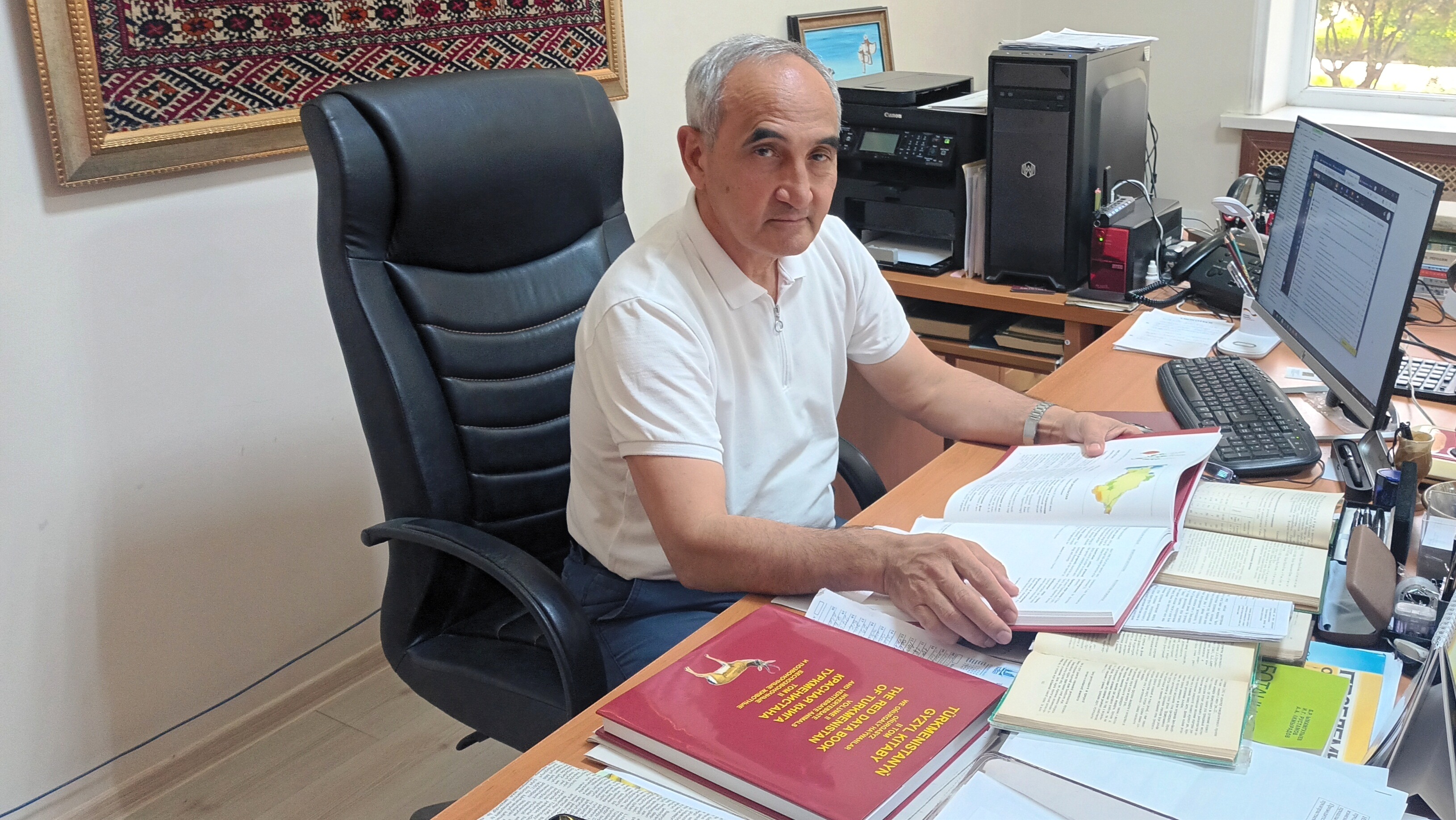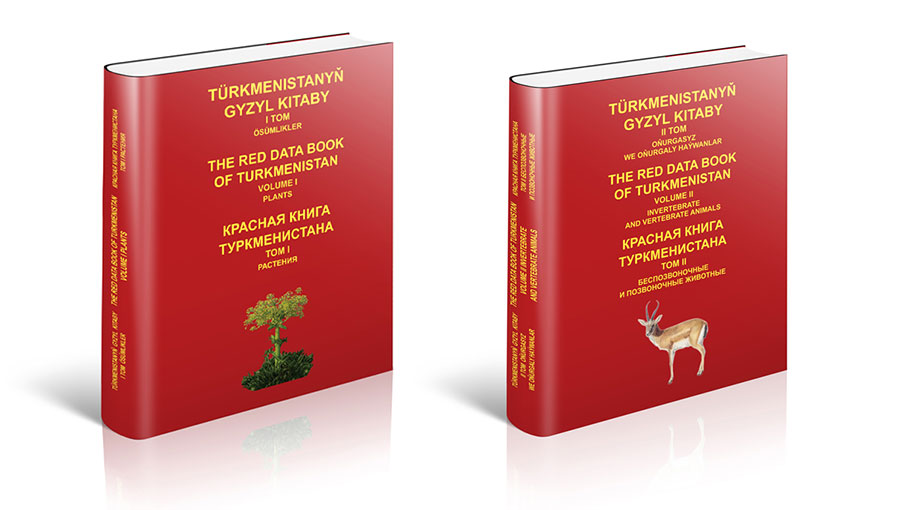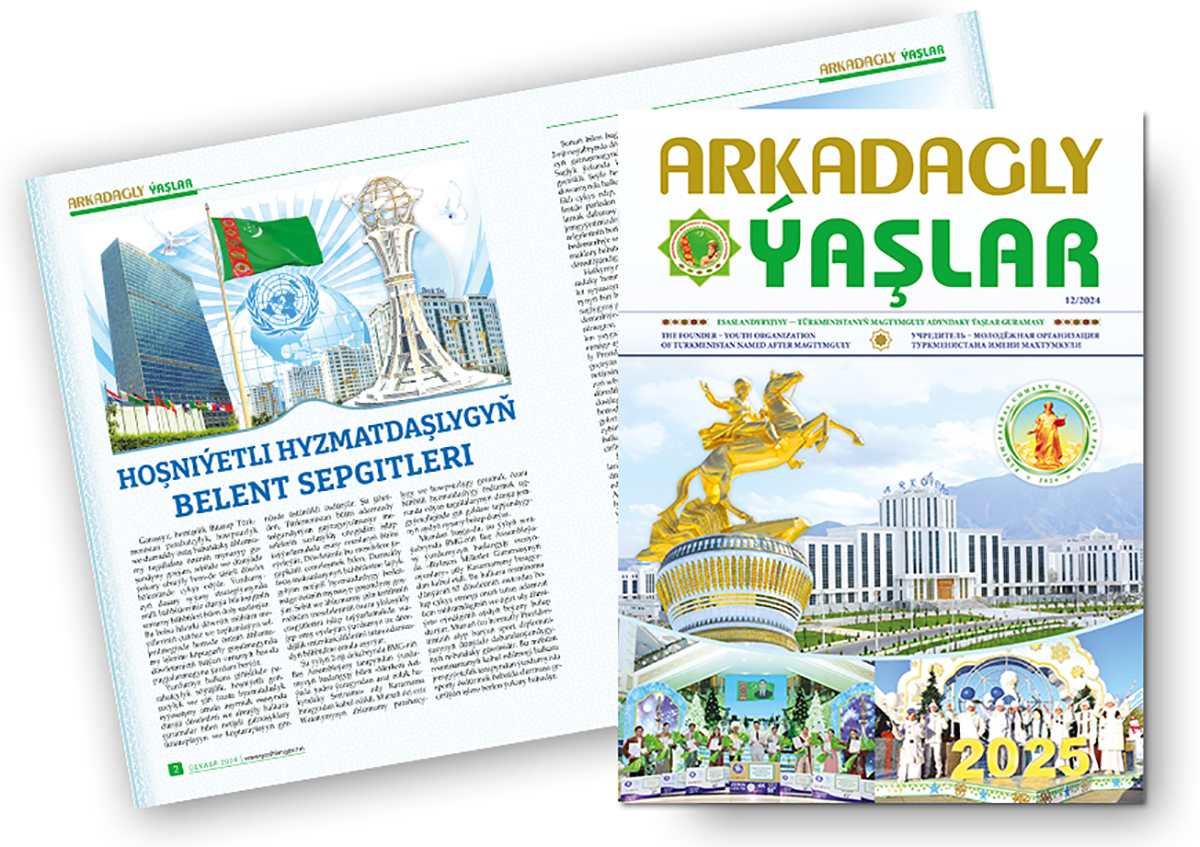Recently, the 4th edition of the Red Data Book of Turkmenistan was published, presenting updated data on the changes in the country's flora and fauna.

Renowned scientists, botanists and zoologists worked on this valuable scientific work. One of them is Pirli Kepbanov, Candidate of Biological Sciences, director of the National Institute of Deserts, Flora and Fauna. He spoke about the work done and strategies for protecting and preserving the plant world.
"The publication of the Red Data Book of Turkmenistan is a large-scale and long-term project. Our specialists used modern research methods, such as long-term monitoring and data analysis, to obtain a more accurate picture of the state of the country's plant world," noted Pirli Kepbanov.
The new edition of the Red Data Book includes more than 20 plant species that were not previously considered endangered. At the same time, thanks to successful conservation measures, 18 species are excluded from the list and their populations have recovered.
The 4th edition of the Red Data Book also contains specific recommendations for the conservation of rare plant species, such as the creation of new protected natural areas, regular monitoring of species status, and the implementation of educational programs for the public.
Among the main threats to the plant world, the scientist highlighted climate change, soil degradation, the expansion of agricultural lands and the irrational use of water resources.
Arid zones are the most vulnerable, where the plant cover is particularly sensitive to climate changes and anthropogenic impacts.
"Key elements of the nature protection system are specially protected natural areas. They ensure the preservation of unique ecosystems and genetic resources," emphasized Pirli Kepbanov.
According to the scientist, further strengthening of the material and technical base of nature protection agencies, conducting conservation activities, as well as increasing environmental literacy among the population and involving local communities in the nature protection process will contribute to more effective ecosystem protection, improvement of natural resources and sustainable development of specially protected natural areas.








